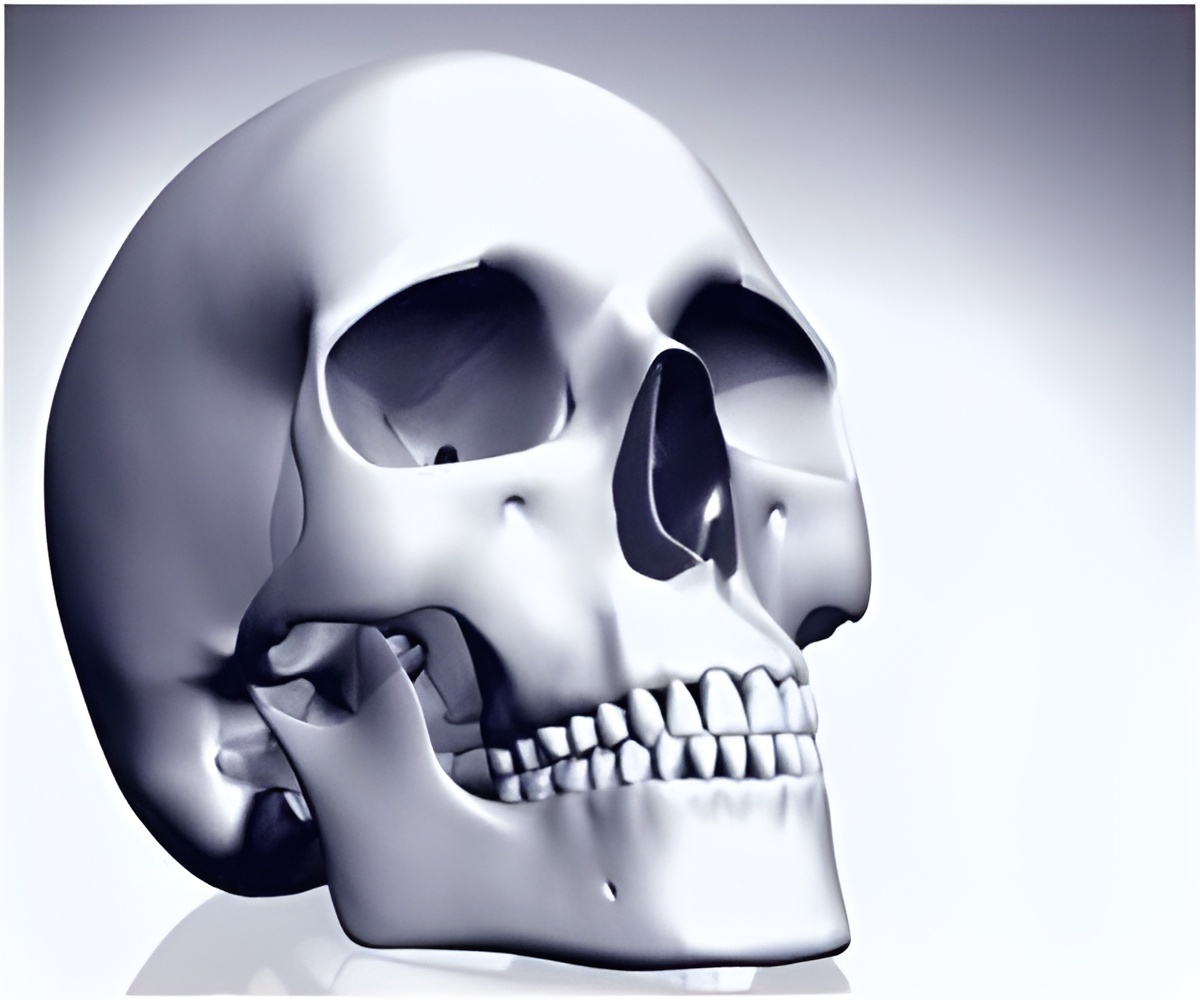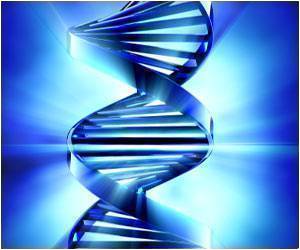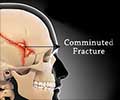A new research from the Chinese Academy of Sciences and Washington University in St. Louis indicates that inbreeding might well have been common among our ancestors.

The skull, known as Xujiayao 11, has an unusual perforation through the top of the brain case -- an enlarged parietal foramen (EPF) or "hole in the skull" -- that is consistent with modern humans diagnosed with a rare genetic mutation in the homeobox genes ALX4 on chromosome 11 and MSX2 on chromosome 5.
These specific genetic mutations interfere with bone formation and prevent the closure of small holes in the back of the prenatal braincase, a process that is normally completed within the first five months of fetal development. It occurs in about one out of every 25,000 modern human births.
Although this genetic abnormality is sometimes associated with cognitive deficits, the older adult age of Xujiayao 11 suggests that any such deficits in this individual were minor.
Traces of genetic abnormalities, such as EPF, are seen unusually often in the skulls of Pleistocene humans, from early Homo erectus to the end of the Paleolithic.
"The probability of finding one of these abnormalities in the small available sample of human fossils is very low, and the cumulative probability of finding so many is exceedingly small," suggests study co-author Erik Trinkaus, the Mary Tileston Hemenway Professor of Anthropology in Arts & Sciences at Washington University in St. Louis.
Advertisement
Source-Eurekalert










